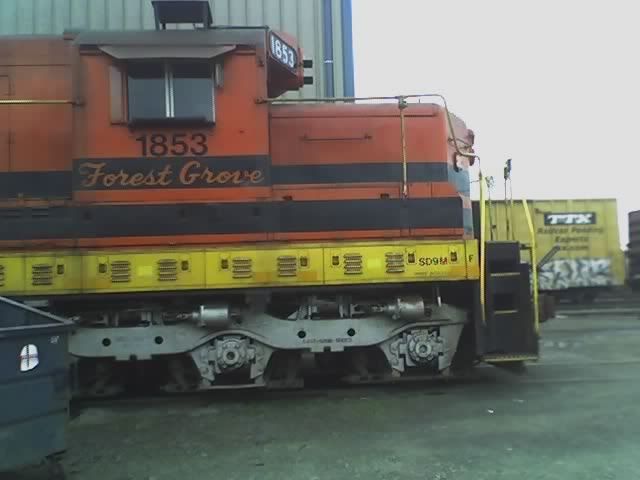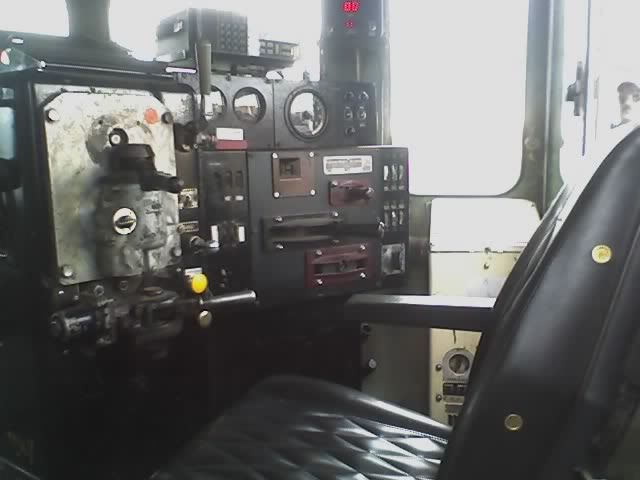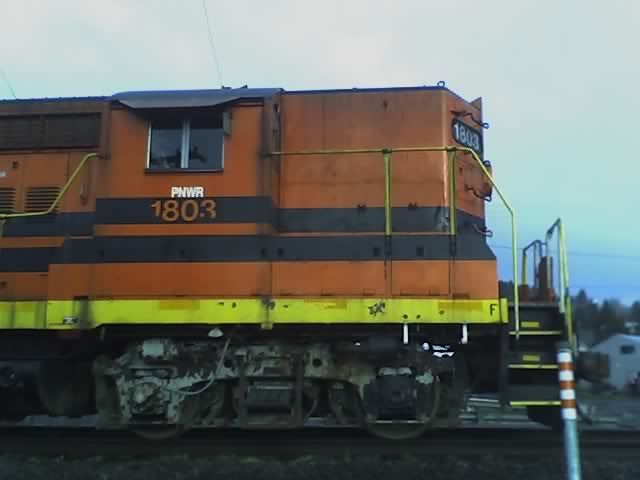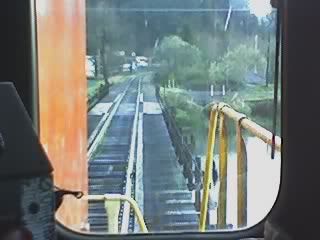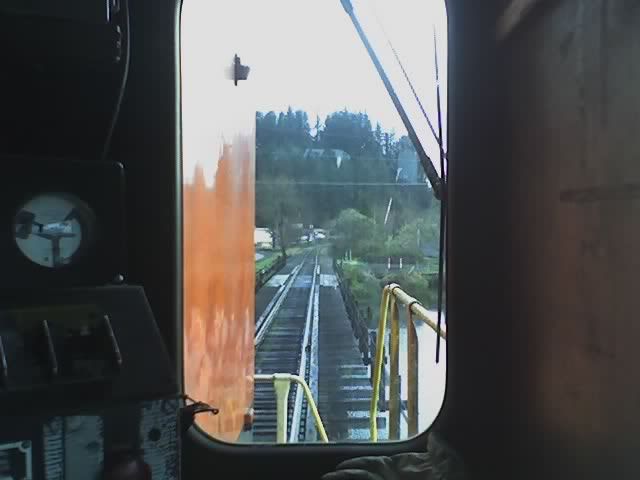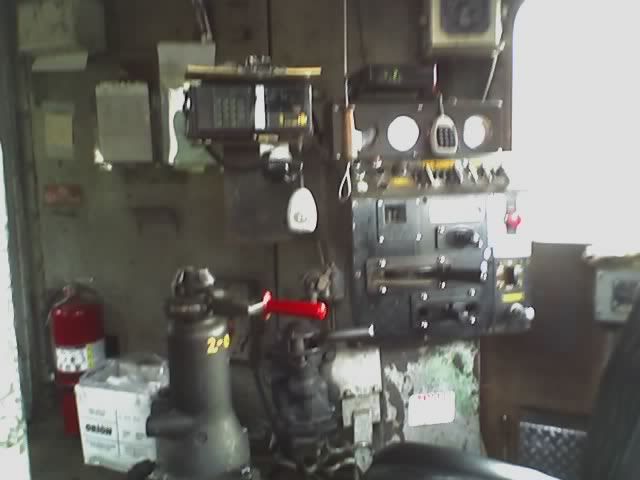There is no blind spot. I will post a pair of pictures shortly. Both are from the engineers seat. One in a high hood, the other a low hood. The view of the right of way is identical, as line of sight down the tracks is concerned. It's true, you can't enjoy the trees, on the opposite side, from a point around 100 feet, ahead of the loco. The front platform and railings provide the same cut-off point, on the rails, and the view down the gauge, and into the horizon, is identical. Collision protection, steam generators, toilets and storage, are some reasons for the high hood. Unless you are trying to see into the trees, or whatever, on the firemans side, you lose nothing from the view. "Here we go again"? Sorry, I don't follow that logic, at all. Most locos of the road unit type, were originally built, when they first appearing on the scene, as a long hood forward loco, with a high short hood as well. It was a while, until some roads opted for a short hood leader, then a chopped short hood, as well. Some roads, like NW and the SOU, used a high short hood, and long hood leading, on all of the freight road units they ordered. Protection against collisions, with logging vehicles, seems to be the major reason for that deciscion. Some say the steam locos had the cabs in the rear, so the early diesels followed suit. Either way, a high short hood provides only the smallest loss of vision, and then, only whats across the rails, on the opposite side of the loco, from a point of around 100 feet ahead of the loco, back to the loco. Regards
Traveling Engineer, Coast to Coast, Border to Border.
Any Train, Anytime, Anywhere.....
